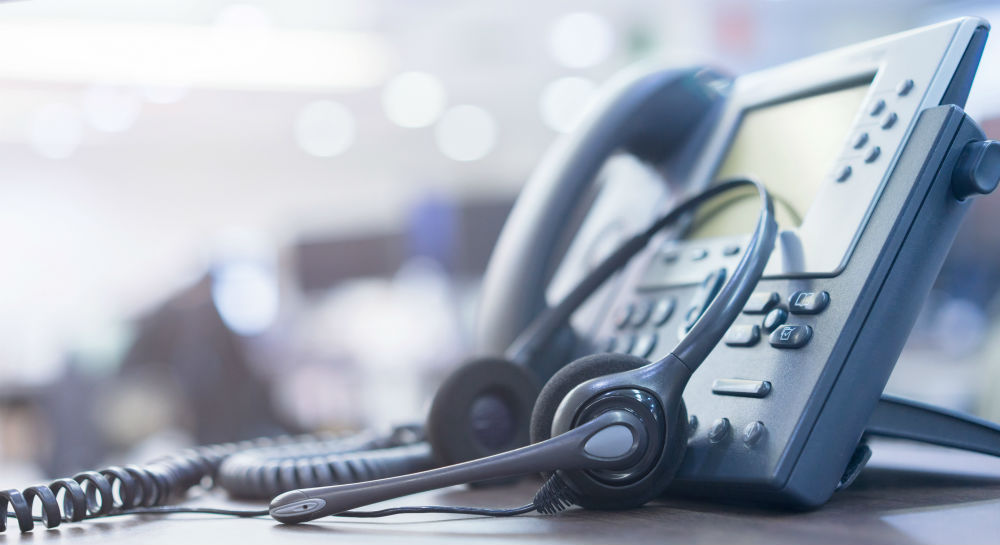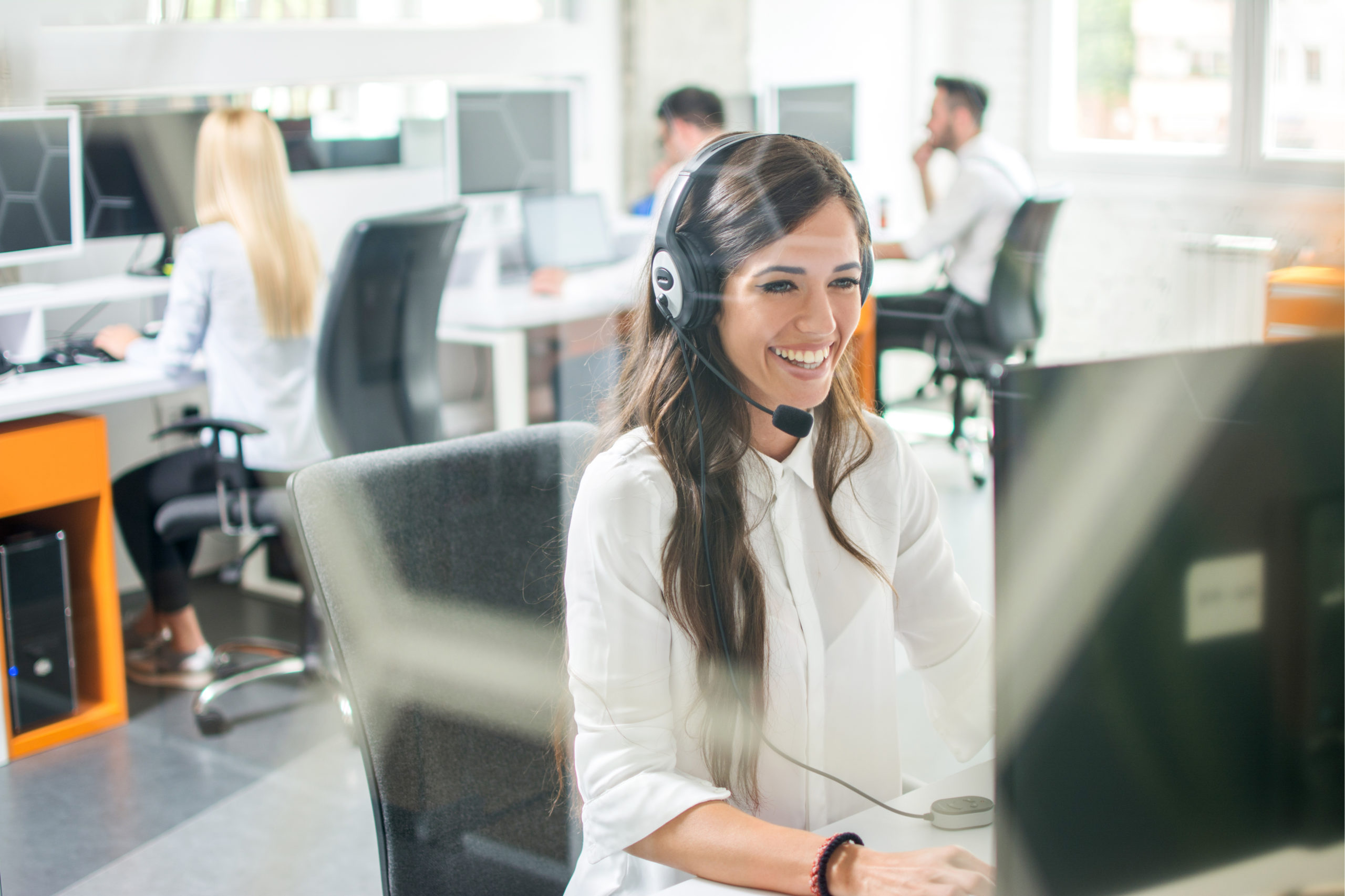All Categories
Featured
Table of Contents
- – What Is The Best The Ultimate Guide To Telephon...
- – What Is The Best Automated Business Phone Answ...
- – Who Is The Best Top Answering Service In Austr...
- – How Do I Choose A Telephone Answering Service...
- – Is It Worth Paying For What Is An Answering S...
- – A Best Phone Answering Services - Ruby Recep...
What Is The Best The Ultimate Guide To Telephone Answering Services To Buy In 2023?
This gadget and its followers were developed by Sava Jacobson, an electrical engineer with a personal consulting business. While early voice mail utilized magnetic tape innovation, a lot of modern devices utilizes solid state memory storage; some devices use a mix of both, with a solid-state circuit for the outgoing message and a cassette for the incoming messages.
"toll saving" listed below) (professional phone answering service). This is helpful if the owner is evaluating calls and does not wish to consult with all callers. In any case after going, the calling party should be notified about the call having been addressed (most of the times this begins the charging), either by some remark of the operator, or by some welcoming message of the TAD, or addressed to non-human callers (e.
This holds specifically for the Little bits with digitally saved welcoming messages or for earlier machines (prior to the rise of microcassettes) with a special unlimited loop tape, separate from a 2nd cassette, devoted to recording. There have actually been answer-only devices without any recording abilities, where the welcoming message had to inform callers of a state of current unattainability, or e (virtual telephone answering service).
What Is The Best Automated Business Phone Answering System For Me

about schedule hours. In taping TADs the greeting normally consists of an invite to leave a message "after the beep". A voice mail that uses a microcassette to tape-record messages On a dual-cassette answerphone, there is an outgoing cassette, which after the specified number of rings plays a pre-recorded message to the caller.

Single-cassette answering makers include the outgoing message at the start of the tape and incoming messages on the remaining space. They initially play the statement, then fast-forward to the next offered space for recording, then tape the caller's message. If there are many previous messages, fast-forwarding through them can cause a substantial hold-up.
This beep is typically described in the greeting message, asking for that the caller leave a message "after the beep". Little bits with digital storage for the taped messages do not reveal this hold-up, obviously. A little bit might provide a push-button control center, where the answerphone owner can ring the home number and, by getting in a code on the remote telephone's keypad, can listen to recorded messages, or delete them, even when far from house.
Who Is The Best Top Answering Service In Australia - 2023 Reviews Company

Therefore the maker increases the variety of rings after which it addresses the call (normally by two, resulting in four rings), if no unread messages are presently saved, but responses after the set variety of rings (generally 2) if there are unread messages. This permits the owner to discover out whether there are messages waiting; if there are none, the owner can hang up the phone on the, e.
Some devices also enable themselves to be from another location activated, if they have actually been turned off, by calling and letting the phone ring a specific a great deal of times (generally 10-15). Some service providers desert calls already after a smaller variety of rings, making remote activation difficult. In the early days of Littles an unique transmitter for DTMF tones (dual-tone multi-frequency signalling) was regionally needed for push-button control, since the previously utilized pulse dialling is not apt to communicate suitable signalling along an active connection, and the dual-tone multi-frequency signalling was carried out step-by-step.
Any inbound call is not recognizable with respect to these homes in advance of going "off hook" by the terminal devices. So after going off hook the calls must be changed to appropriate gadgets and just the voice-type is instantly accessible to a human, but perhaps, nevertheless need to be routed to a LITTLE (e.
How Do I Choose A Telephone Answering Service - Dexcomm - U.s. Based Service?
What if I told you that you do not need to actually select up your device when answering a customer call? Another person will. So convenient, right? Responding to telephone call does not require someone to be on the other end of the line. Effective automated phone systems can do the technique simply as effectively as a live agent and sometimes even much better.
An automatic answering service or interactive voice action system is a phone system that interacts with callers without a live person on the line - virtual telephone answering service. When companies use this innovation, customers can get the response to a concern about your business merely by utilizing interactions established on a pre-programmed call flow.
Although live operators update the customer support experience, many calls do not need human interaction. A simple documented message or directions on how a client can recover a piece of details normally fixes a caller's instant need - telephone answering service. Automated answering services are a basic and reliable method to direct incoming calls to the ideal person.
Is It Worth Paying For What Is An Answering Service??
Notice that when you call a company, either for assistance or item query, the very first thing you will hear is a pre-recorded voice welcoming and a series of choices like press 1 for customer support, press 2 for queries, and so on. The pre-recorded alternatives branch out to other options depending upon the consumer's choice.
The phone tree system assists direct callers to the right individual or department using the keypad on a mobile phone. In some instances, callers can utilize their voices. It deserves noting that auto-attendant alternatives aren't restricted to the 10 numbers on a phone's keypad. When the caller has actually picked their first choice, you can develop a multi-level auto-attendant that utilizes sub-menus to direct the caller to the ideal type of support.
The caller does not have to interact with a person if the auto-attendant phone system can handle their concern. The automatic service can path callers to a staff member if they reach a "dead end" and require help from a live representative. It is expensive to employ an operator or executive assistant.
A Best Phone Answering Services - Ruby Receptionist Services
Automated answering services, on the other hand, are significantly less costly and offer significant cost savings at an average of $200-$420/month. Even if you do not have dedicated personnel to manage call routing and management, an automatic answering service improves performance by enabling your team to focus on their strengths so they can more effectively spend their time on the phone.
A sales lead routed to customer service is a lost shot. If a client who has item concerns reaches the wrong department or receives incomplete responses from well-meaning staff members who are less trained to handle a particular type of concern, it can be a reason for frustration and frustration. An automated answering system can decrease the number of misrouted calls, thereby helping your workers make much better use of their phone time while maximizing time in their calendar for other tasks.
With Automated Answering Systems, you can create a tailored experience for both your personnel and your callers. Make a recording of your primary welcoming, and merely update it frequently to show what is going on in your organization. You can develop as numerous departments or menu options as you desire.
Table of Contents
- – What Is The Best The Ultimate Guide To Telephon...
- – What Is The Best Automated Business Phone Answ...
- – Who Is The Best Top Answering Service In Austr...
- – How Do I Choose A Telephone Answering Service...
- – Is It Worth Paying For What Is An Answering S...
- – A Best Phone Answering Services - Ruby Recep...
Latest Posts
Cheap Call Answering Service – Australia 2000
Top Virtual Receptionist Near Me
After Hours Answering Service
More
Latest Posts
Cheap Call Answering Service – Australia 2000
Top Virtual Receptionist Near Me
After Hours Answering Service